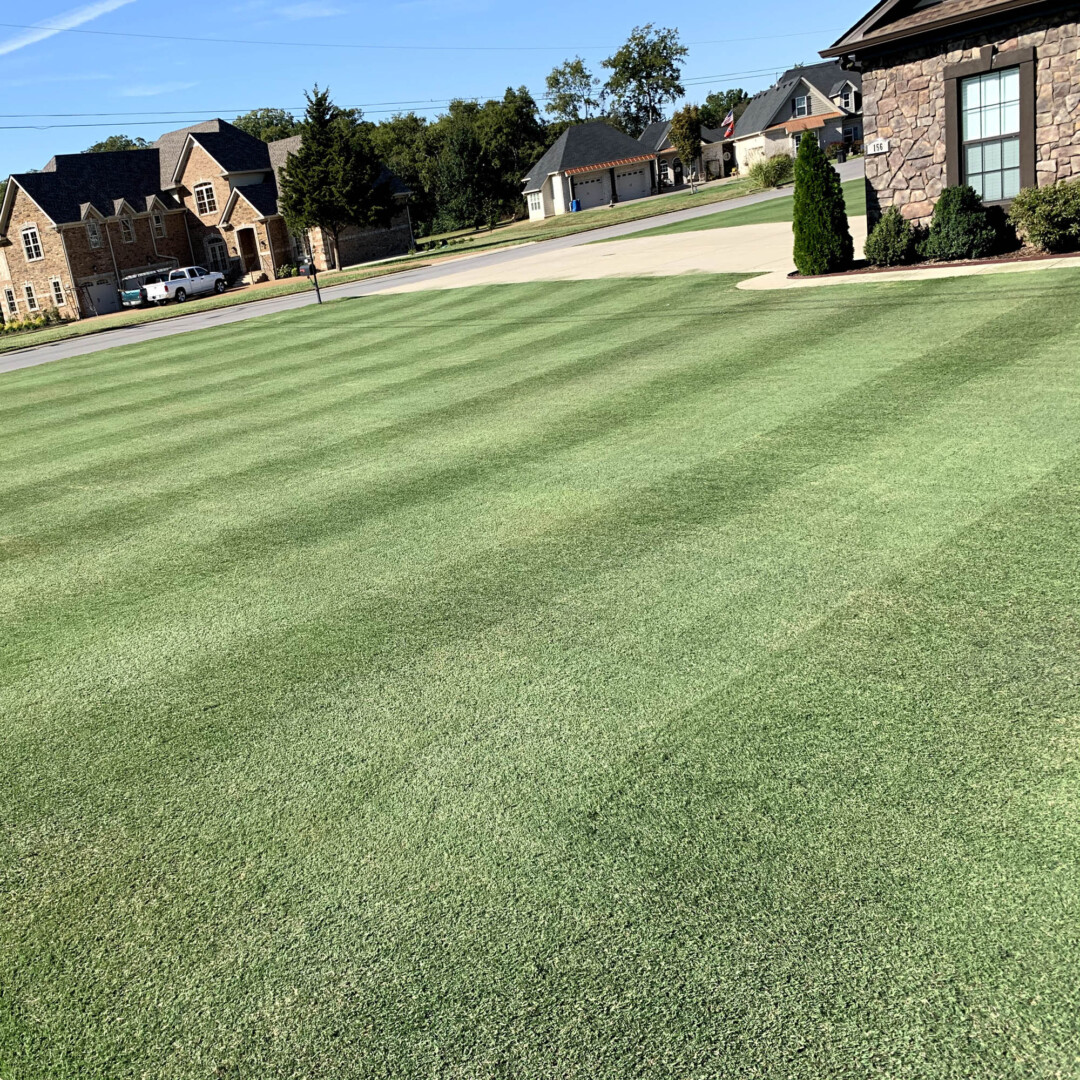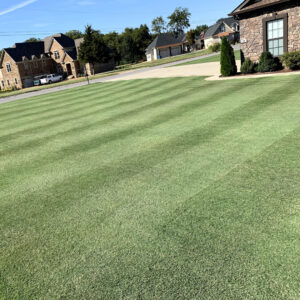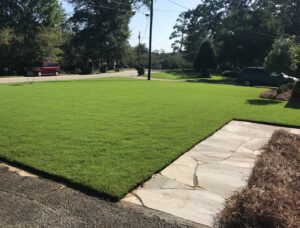Click to call us: 857-504-5117
contact@greenpulselandscaping.com
Click to call us: 857-504-5117
contact@greenpulselandscaping.com



A Comprehensive Guide to Seeding Bermuda Grass
Introduction: Bermuda grass (Cynodon dactylon) is a popular choice for lawns, sports fields, and golf courses due to its durability, resilience, and vibrant green color. Seeding Bermuda grass is a cost-effective and efficient way to establish a lush, green lawn. In this guide, we’ll walk you through the step-by-step process of seeding Bermuda grass for a beautiful and thriving lawn.
1. Choose the Right Time: Timing is crucial when it comes to seeding Bermuda grass. The ideal time to sow Bermuda grass seeds is during the late spring or early summer when soil temperatures are consistently above 65°F (18°C). This allows for optimal germination and establishment of the grass.
2. Prepare the Soil: Before seeding, prepare the soil to create an optimal environment for seed germination and root growth. Begin by removing any debris, weeds, or existing grass from the area. Use a rake or garden tiller to loosen the soil to a depth of 4-6 inches (10-15 cm). Incorporate organic matter such as compost or peat moss to improve soil structure and fertility.
3. Choose High-Quality Seeds: Selecting high-quality Bermuda grass seeds is essential for successful germination and establishment. Look for certified seeds from reputable suppliers that are specifically formulated for your region and soil type. Popular Bermuda grass varieties include Tifway 419, Princess 77, and Yukon.
4. Seed Application: Distribute the Bermuda grass seeds evenly over the prepared soil surface using a broadcast spreader or by hand. Aim for a seeding rate of 1 to 2 pounds of seeds per 1,000 square feet (0.45 to 0.9 kg per 93 square meters). After seeding, lightly rake the soil to ensure good seed-to-soil contact.

5. Watering and Maintenance: Keep the seeded area consistently moist but not waterlogged during the germination period, which typically takes 7-21 days. Water the soil lightly 2-3 times daily, or as needed, to prevent it from drying out. Once the grass has established, gradually reduce the frequency of watering and transition to a deep, infrequent watering schedule.
6. Fertilization: About 6-8 weeks after seeding, apply a balanced fertilizer with a nitrogen-phosphorus-potassium (NPK) ratio of 3-1-2 to promote healthy growth and development. Follow the manufacturer’s instructions for application rates and timing.
7. Mowing: Once the Bermuda grass reaches a height of 2-3 inches (5-7.5 cm), it’s time to start mowing. Set the mower blade to a height of 1 to 1.5 inches (2.5 to 3.8 cm) for optimal growth and density. Avoid cutting more than one-third of the grass blade length at a time to prevent stress and scalping.
8. Weed Control: Keep an eye out for weeds and remove them promptly to prevent competition with the newly seeded Bermuda grass. Consider applying a pre-emergent herbicide to prevent weed seeds from germinating, following the manufacturer’s recommendations for timing and application.
Conclusion: Seeding Bermuda grass can transform your lawn into a lush and vibrant outdoor space. By following these steps and providing proper care and maintenance, you can enjoy a beautiful Bermuda grass lawn for years to come.